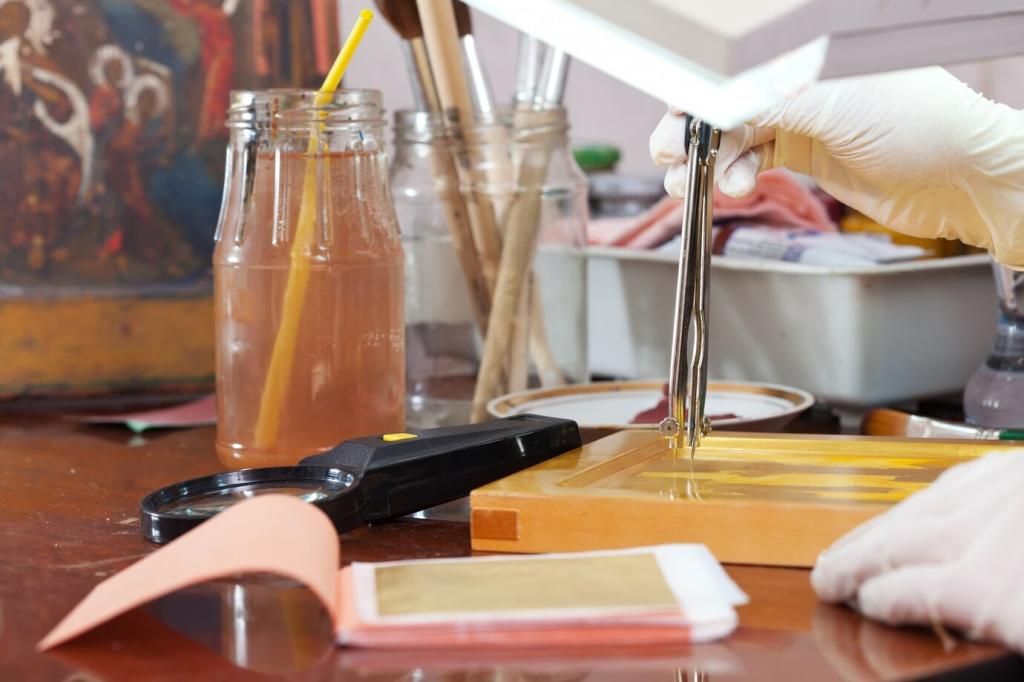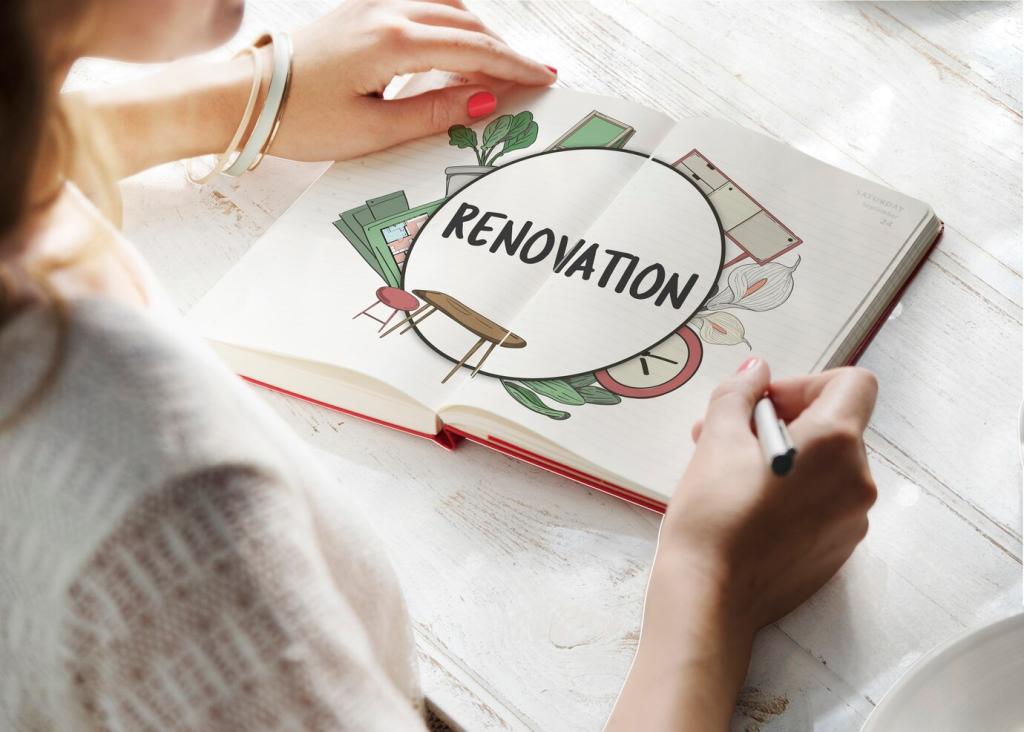Temperature: Slow and Steady Wins the Century
Most antiques prefer comfortable living conditions: roughly 64–72°F (18–22°C). Rapid shifts—like a 10°F swing in hours—can telegraph through veneers, pop joints, and fatigue shellac. Aim for slow transitions between seasons, not abrupt thermostat experiments.
Temperature: Slow and Steady Wins the Century
In winter, balance heating with targeted humidification and draft control. In summer, shield rooms from afternoon heat, use ceiling fans on low, and avoid pointing portable AC vents at wood surfaces. Small habits compound into long-term stability and beauty.





